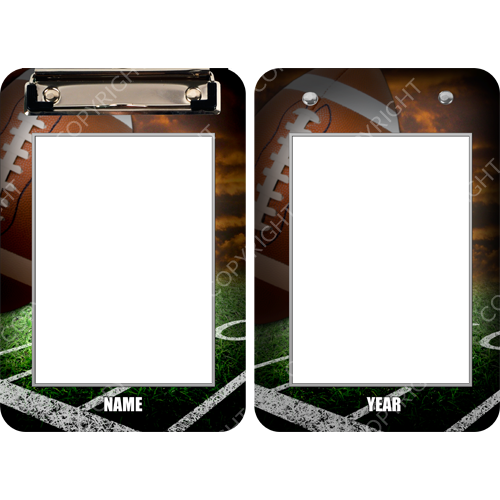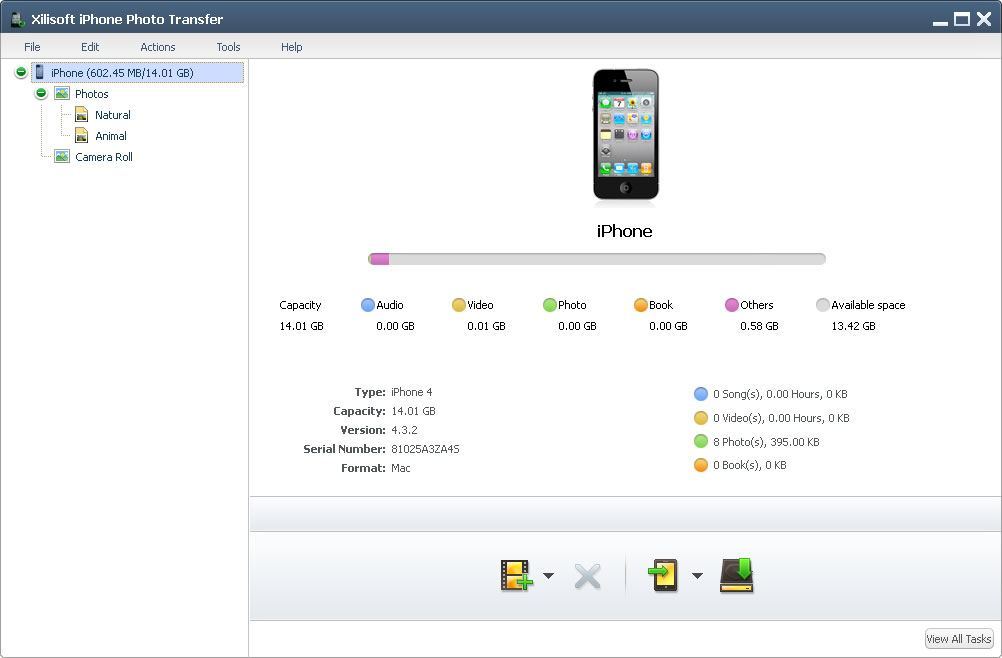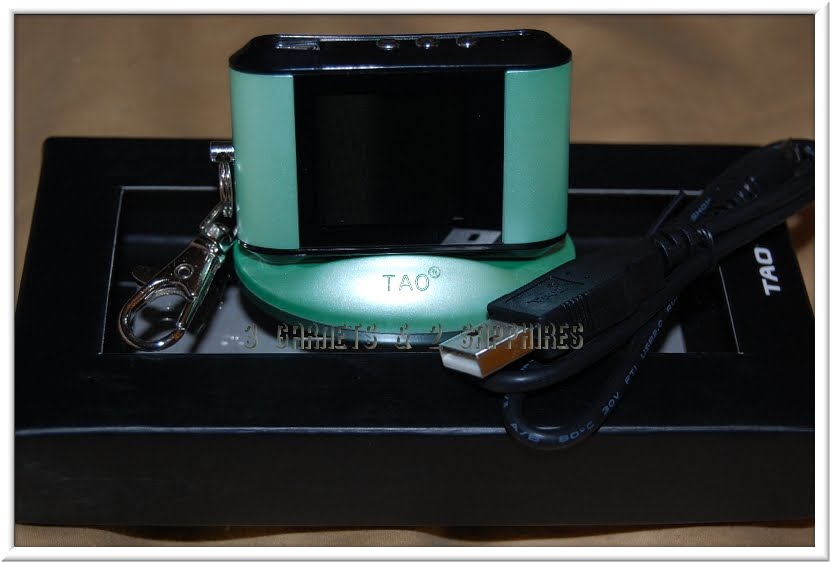Dpfmate mac dpfmate photo transfer software. Dpfmate software download dpfmate manual dpfmate download windows 7 d6088ac445. Dpfmate V5.0.2.1. Dpfmate Photo Transfer Software. Pin pad for verifone vx520. If the application is not compatible, refer to this link and install it in compatibility mode. Make older programs run in this version of Windows If you face any further issues, please reply to this post and we'll be happy to assist you further. Used software back with old Win98, then new computer to Win XP, downloaded update for 2.5 to work with XP. Now have another new computer with Windows 7. 1 - A friend who is a computer technician told me I dare not download any older software programs as they could ruin Win 7 operation. He said go to websites and download new software.
- 10Firmware and Processor Details
Summary
If you want to get into development on these DPFs, or use them as a remote screen: there is a SVN source repository with experimental code and various tools at [1]. An alternative firmware is available from the same site. Also, this site [2] publishes the entire original firmware and hardware reference manual of the AX206.
- The latest list of supported/WIP devices for dpf-ax can be found at [3]
- You can check if your frame is supported with identify.py from [4].
- Similar to the DPF with AppoTech AX203, internally and externally.
- Uses special JPEG-based encoding for images (see ImageEncodingAx206 for more information)
To distinguish from the AX203 types, the rule of thumb (if you are not able to get hold of the USB IDs, shown below) is:
- AX206 based frames are listed with 16 mbit or 32 mbit flash, capable of taking ~107 pictures or more
- Those with 8 mbit and ~130 pictures could be likely AX203
-- Actually, it was found the above is not really true, because many sellers specify wrong flash sizes, and the image capacity varies with the firmware versions. If you get a newer model, it is likely that it has an AX206 or even AX208.
Note that DX and sellers on Ebay write MB (insinuating MegaByte) but in fact it's Megabit. So you have to divide by eight for available MegaBytes.
Supported Devices (Aug 2012)
- For a recent list see[5]
- abeyerr_black
- acme_1
- agk_violet
- avlabs_avl969s
- delightdigi_black
- coby_dp151_bw - see Coby_DP-151 for comparison of different dp151 varieties
- coby_dp151_white - see Coby_DP-151 for comparison of different dp151 varieties
- focalprice144
- linkdelight
Devices from DealExtreme - Actual chipsets may vary
- dx21334a
- dx21334b
- dx27893 (white)
- dx27893_2 (white)
- dx27894 (blue)
- dx104500
- dx104838
Programs
- MPlayer: A patch for AX206 frames against MPlayer 2012-05-5 via libdpf[6] is available:[7]
- st2205term v0.11 now supports ax206: [8]
- An experimental framebuffer driver is forked from [9], patches for ax206fb and playusb: [10] and [11]
- pydpf, a Python digital picture frame application, see this:[12]
- GraphLCD is a project to support graphical LC displays connected to the PC. It is mainly used by the graphlcd plugin for the Video Disc Recorder to display its information. An experimental driver for ax206 is available at: [13]
- gPhoto2 has support for ax206 since version 2.4.10, download files here[14]
- setpic-like program called dpfsend for AX206 written by mrlinux (send still images to dpf-ax frames and supports png, jpg and gif formats): http://forum.doozan.com/read.php?9,10541
Hacking Details

- Full Log of the process of hacking a supported ax206 frame:
Reverse Engineering an unsupported device
This was prepared with notes from [15] and [16]
1. Prepare lcdinit.s with the values from _custom_initseq entries in lcdinitbl_tmp.txt. Look at the src/lcd folder for examples of lcdinit.s for existing supported lcds.
2. Disassemble openwin_tmp.bin. Obtain d52 (8052 Disassembler) from here[17] and do this
3. You will get openwin_tmp.d52. Do some cleanup (identify the blit-coordinates, etc.). That's the one to go into lcdblit.s.Following file may help by identifying some often used vars.Create a file named 'openwin_tmp.ctl':
3. Run d52 again.
This method works only for 'standard' buildwin builds (luckily most builds are), not for the ones that do their initialization by LcdInit instead LcdInitTbl (see focalprice144) or do anything special.
If it works, add a record to fw/knowndps.py (use the CRCs you got from identify.py) and submit changes at dpf-ax/Tracker/Patches at [18]
Reverse Engineering the firmware
This file[19] is extracted from [20]. You can then disassemble the firmware backup from fulldump.py[21] or ProgSPI[22]. A README is included in the download which gives the instructions on how to use the tool. BIG FAT WARNING: You have to be able to read 8051 assembly code and you HAVE TO know what it is doing.


Backlight Details
This was figured out by superelchi.
'Older' lcds (like the ones in pearl, focal, etc.) use a pwm-signal to control the backlight brightness. Here only the ratio between on and off time of the signal matters, frequency does not (more or less).'Newer' lcds (like the ones in dx21334a/b or newer linkdelight dpfs) control backlight brightness by the frequency of the signal. If the signal frequency is outside the range the lcd needs, backlight will stay off.
Implementing this was a bit tricky, because hackfin uses the RTC (32,768 kHz) to generate the pwm signal. The needed frequency for the 'newer' lcds is much higher, so superelchi had to switch to sys-clock as signal source. Sys-clock has a base frequency of 24 MHz but can be doubled to 48 Mhz - what we do to speed things up a bit. If USB is disconnected (and the dpf runs on battery) the clock is reduced to 12 MHz to save power. The frequency tables extracted from the buildwin fw are based on 24 MHz, so frequency- and pwm-values have to be adjusted to the real sys-clock and recalculated on USB connect/disconnect. Thats why you can see a brief flicker if brightness is changed or USB is connected/disconnected. Also (because of rounding errors) there is a slight brightness difference between connected and disconnected USB. This flicker and brightness difference is not visible with the original buildwin fw - reason is unknown.
Software Details
- Comes loaded with DPFMate as per the AppoTech, but software version is v5.0.2.1. A copy of the software can be found here
- Screenshot of the DPFMate Software 'About...' dialog box
- Dump of StartInfoUnicode.ini:
Hardware Details
- Photos of the circuitry are here, here and here.
- Following the StartInfoUnicode.ini file, if the information in the file is correct, the flash chip's datasheet should be this
- It seems to be using the AX 206 chip. Datasheets here and information here.
- I have two keychains, because the first unit had a 'quirk' - unit only powers on 4 or 5 times after being charged. Not sure if this problem is related to the number of times turned on, or after 5 to 10 minutes of it being turned off (or even on). However, I suspect a full battery discharge would allow me to charge the unit up, making it usable again.
Firmware and Processor Details
The firmware basically knows several operation modes:
- Boot Loader (hold MENU button while pushing the RESET button). The device will then register as HID device and create a /dev/hidraw0 device under Linux. Technical details of this mode came from:[24]
When the DPF goes into Bootloader mode (showing USB ID 1908:3318), it expects max. 64 byte size USB interrupt messages with a header and payload data. The header implements a simple Remote Procedure Call format through the bootload handler. Its format is as follows:
Description
The ‘len’ byte specifies the full length of the USB packet. ‘chk’ is a checksum that is consecutively updated with every packet sent. The ‘jmp’ field contains the jump address of the handler that takes care of the attached data payload. For simple memory writing, the address of the internal ROM memory write routine is used. Once a program (for example flashing routines) is loaded into memory, it can be jumped into using this RPC scheme.
- Standard photo frame mode: The unit will display images and not register as USB device when plugged in
- USB operation, triggered via the menu entry: The device will register as CDROM with the USB details provided below. The flash access occurs via the SCSI generic device by specific vendor commands 0xCA, 0xCB and 0xCD. This is covered in various code fragments, see Talk:DPF_with_AppoTech_AX206
Memory map
The AX206 has internal SRAM where code from external memory is loaded to.The internal SRAM bank is mapped to external memory as well as code memory, so it is internally mirrored.
Apparently, a part of the USB FIFO area can be used as data memory as well, since only 144 bytes are used (2*64 + 2*8 for USB EP0 and EP1).

Firmware internals
When in standard mode, the device is booting from the SPI flash. The 'boot sector' consists of a data block with some boot information plus a jump table (see more below) and the boot code.
The loading of the code from SPI flash occurs via XDATA, but the loaded code is actually located at instruction SRAM (CODE) with offset +0x800.
Here are the most important offsets and record lengths. BE stands for Big Endian, LE for Little Endian order.
The jump table ends with the magic '-EndTbl-'
Dpfmate Software Download
The boot code loads a few common code modules from SPI flash. These are merely three code segments at the following (CODE) addresses:
Please speak up if the addresses vary on your DPF.
Other code segments are dynamically loaded by some modules, depending on the operation mode of the DPF.

Jump Table
Since the AX206 has only 3k of internal SRAM which is obviously used by the USB FIFO and JPEG quantization tables, mechanisms are implemented to dynamically load code modules from SPI. The jump table entries are descriptors of length 8 for each module and decode as follows:
Jumps to those modules within the coded are implemented using trampoline functions. For example, when a function from another module is called, the code sequence looks like:
The number of modules varies depending on DPF model and firmware version.
Code download
Code downloading is supported with the tools from the dpf-ax distribution. The necessary patches to get lcd4linux running are included in the distribution tar files found at [25].They might be updated regularly, therefore please check the up to date .tgz files from the link above.
When you modify the code:
It's easy to brick your frame by overwriting the original firmware. This used to be a problem. However, the ProgSPI from [26] restores the original flash content - if you saved it! Therefore, before messing around, make a dump of the flash. Another alternative is restore.py from [27] to backup or flash the firmware.
USB Details
Dpfmate Photo Transfer Software
- lsusb log:
Dpfmate Photo Transfer Software Free
- dmesg log:
Dpfmate Photo Transfer Software
